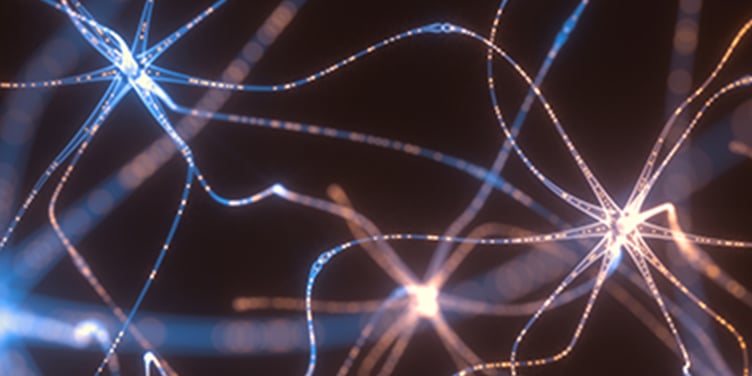
Cavernous Malformations
Cavernous malformations, also known as cavernous angiomas or cavernomas, are abnormal clusters of dilated blood vessels ranging in size from microscopic to inches in diameter. Made up of little pockets, or “caverns,” they’re filled with blood and lined with a thin layer of cells called the endothelium. These malformations can cause seizures, stroke symptoms, hemorrhages and headaches.
They can be found anywhere in the body, including the liver, rectum, kidney, eyes, nerves, spinal cord and brain. Those that develop in the brain or spinal cord – called cerebral cavernous malformations – are the most serious.
Cavernous malformations occur in about 1 in 200 people, affecting men and women almost equally and people of all races, and ages. In some cases, they run in families and are inherited.
Our Approach to Cavernous Malformations
UCSF offers compassionate, cutting-edge care for cavernous malformations. The health care provider team may include several types of specialists to provide comprehensive screening, diagnosis and treatment.
UCSF has been named a Center of Excellence in Cerebral Cavernous Malformation by the advocacy group Angioma Alliance in recognition of the high-quality, multispecialty care we provide for these vascular malformations.
Awards & recognition
-

Among the top hospitals in the nation
-

Best in California and No. 2 in the nation for neurology & neurosurgery
UCSF Health medical specialists have reviewed this information. It is for educational purposes only and is not intended to replace the advice of your doctor or other health care provider. We encourage you to discuss any questions or concerns you may have with your provider.





